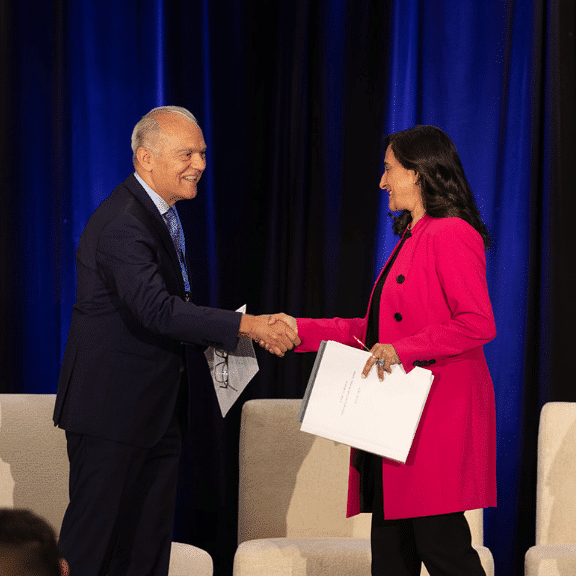Top Green Building Stories of 2024
Looking back on Canada’s year of strategic alignments, market shifts and essential first steps.
- Theme
- Advocacy
Looking back on Canada’s year of strategic alignments, market shifts and essential first steps.
2024 was a year of both progress and perspective for Canada’s green building sector. While innovation and collaboration made significant inroads— through new financing partnerships and cross-sector initiatives—challenges like the skilled labour shortage underscored the work still ahead.
This year’s top green building stories offer a snapshot of a sector on the right path. They capture the key developments that defined 2024—and set the stage for the future transformation.
Green Banking: Financing the Retrofit Revolution
This year signaled a step in the right direction for retrofitting, as forward-thinking financial institutions started making the math work for building owners. BMO became the first financial institution in Canada to partner with the Canada Infrastructure Bank to offer a unique financing ecosystem, providing access to impact capital along with long-term refinancing options. This innovative approach demonstrates how tailored financial solutions can drive decarbonization efforts.
Meanwhile, the Investor Ready Energy Efficiency (IREE) certification framework, bolstered by the Canada Infrastructure Bank, continued to offer a standardized roadmap to retrofit success. Through a CAGBC event, industry stakeholders learned how to leverage IREE to streamline project planning and secure financing for retrofit projects.
The Affordability Question: A False Choice, Quashed
Affordability and sustainability don’t have to be at odds. CAGBC’s latest whitepaper, Two Million Green Homes: Ensuring Canada’s Needed New Housing is Affordable, Attainable, and Sustainable, made it clear: green building and affordable rental housing aren’t an either-or proposition—they’re a resounding AND.
The report laid out how sustainable construction benefits both owners and renters through lower utility bills, increased resiliency, and healthier living environments. Green leaders in the rental housing sector are proving that green, cost-effective housing isn’t just possible—it’s the way forward for the industry. The message is clear: Canada can’t afford not to build green.
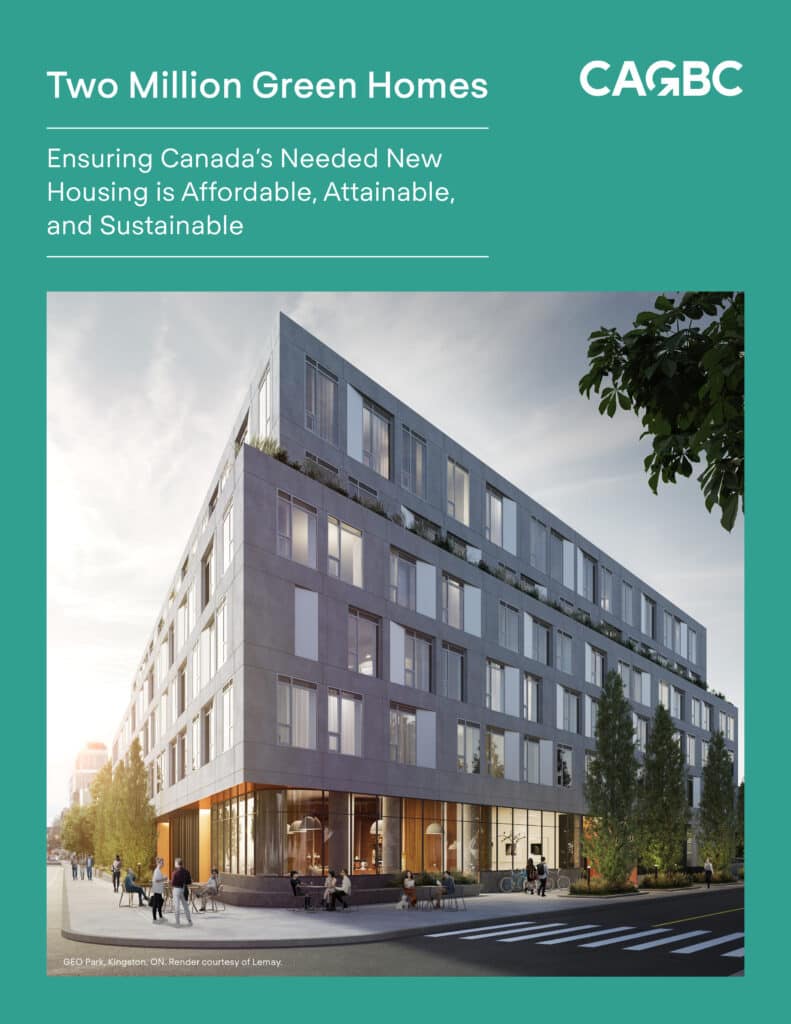
Greater Focus on Zero Carbon: Turning Targets into Action
CAGBC’s Zero Carbon Building (ZCB) Standards picked up significant momentum. By the end of 2024, the total amount of buildings registered for certification surpassed 400—representing accelerated market adoption.
Key developments included the launch of the ZCB-Design v4 Standard and the ZCB Interpretation Database, updates to the ZCB-Performance v2 Standard, and the introduction of the Zero Carbon Building-Essentials Micro-Credential. Together, these initiatives are helping transform zero carbon targets into achievable outcomes.
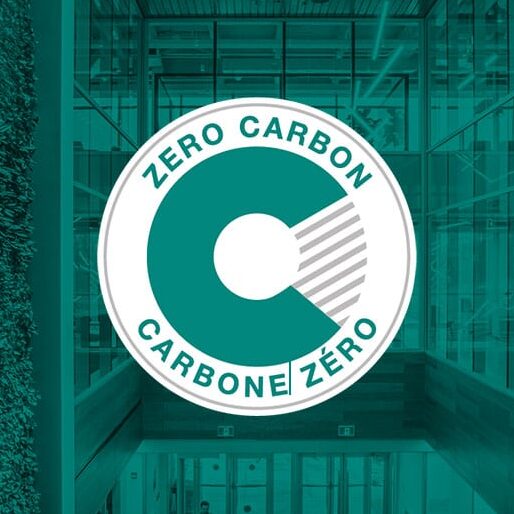
Municipal Leadership: Green Cities Rising
Local governments solidified their role in 2024 as champions of low-carbon innovation, showcasing strong community support for green building policies. In Vancouver, the natural gas ban became a key flashpoint when city council attempted to lift the restriction—only to reinstate it after overwhelming public opposition reaffirmed the demand for building electrification.
Meanwhile, the Region of Peel showcased how upper-tier municipalities can drive meaningful change too. Winner of CAGBC’s Government Leadership Award, Peel set a precedent with its innovative net zero energy building policy, establishing clear standards for new construction.
Embodied Carbon: A Breakthrough Year
Over the last 12 months, embodied carbon shifted from industry talking point to actionable priority as new tools and standards advanced the measurement of carbon impact in building materials. CAGBC’s inaugural National Embodied Carbon Summit in June brought together 60 industry leaders to chart a path toward the World Green Building Council’s target of 40 percent carbon reduction in new construction by 2030.
Progress toward standardization gained traction with CAGBC joining the Embodied Carbon Harmonization and Optimization (ECHO) Project, a coalition of 17 organizations driving consistency in carbon emissions reporting. ECHO’s first two reports, alongside the National Research Council Canada’s new practitioner’s guide, established the framework for measuring and reducing embodied carbon.

LEED Levels Up: Setting the Stage for Change
LEED’s continuous evolution reached new heights in 2024 as groundwork was laid for its most ambitious update yet. Two rounds of public comment shaped LEED v5, advancing a holistic vision that aligns the built environment with critical imperatives: decarbonization, ecosystem restoration, equity, health, and resilience.
This preparatory year sets the stage for LEED’s next chapter in 2025, when LEED v5 will bring these enhanced frameworks to market. The updated rating system promises to build on LEED’s proven success while expanding its scope to address multiple sustainability imperatives, ensuring it remains a relevant and effective tool for advancing sustainable construction.
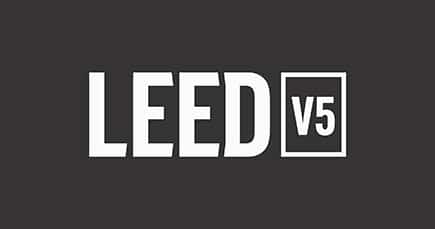
The Low-Carbon Skills Gap: A Growing Challenge
The scale of Canada’s green building skills shortage came into sharp focus in 2024, as BuildForce Canada reported the industry needs 57,000 additional construction workers by 2032 to support the retrofitting of Canada’s buildings with sustainable technologies. Addressing this workforce gap is both a significant challenge and an unprecedented opportunity to unlock thousands of jobs and drive innovation in building technologies.
To help bridge this gap, the Low-Carbon Training Program supported nearly 4,000 people in gaining the skills needed to advance their careers. While the program officially ended on March 31, 2024, many project partners, including CAGBC, continue to offer low-carbon training opportunities.
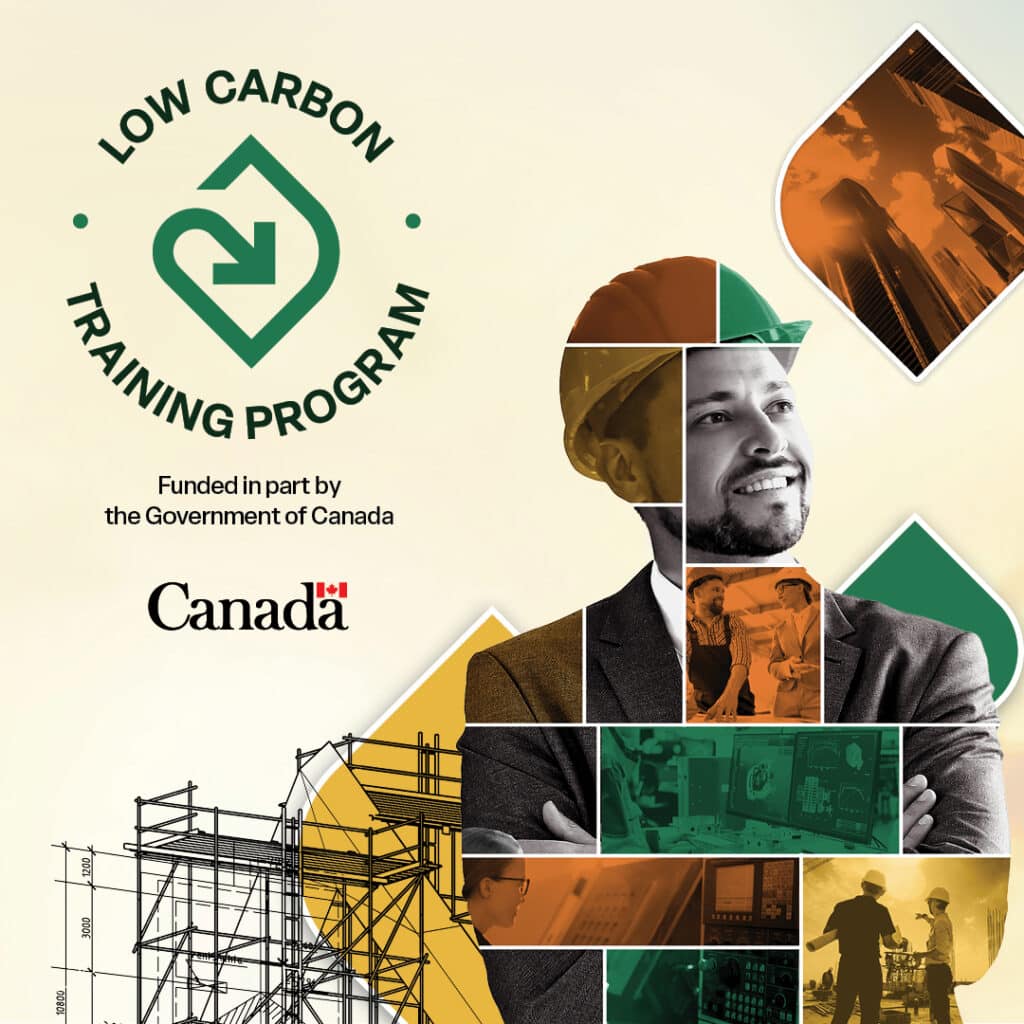
Federal Plans: Raising the Bar
One of the year’s notable green building developments came as the federal government strengthened its commitment to sustainability. At CAGBC’s Building Lasting Change conference, the then-President of the Treasury Board Anita Anand announced updates to the Greening Government Strategy, expanding requirements to Crown corporations and advancing climate resilience targets for federal assets to 2035.
Two years after its announcement, the federal government released the Canada Green Buildings Strategy which provides principles and objectives on sustainable construction. While the strategy lacks specifics on milestones and actions, it validates CAGBC’s mission and support the industry shift towards energy-efficient, resilient and low-emissions emitting buildings.
